Earlier this month my Cloth in Common fellow artist Lisa Walton posted on Facebook that she was giving up on a piece. She wrote 'Sometimes you have to admit defeat. I’ve had an idea for a quilt in my head for months. Very different style and techniques for me. I tried and tried and tried but yesterday I gave up. It was worth a try but too far from my comfort zone'. Now Lisa is an extremely talented and experienced textile artist and, I'm guessing, had tried to work through problems with the piece before admitting defeat. But I was surprised by the percentage of people who responded with comments along the lines of 'don't give up / you can do it'. And I wondered about whether the balance of responses would be the same if Lisa worked with paint and canvas?
Is it the muddy distinction between art, craft and hobby when working with cloth and stitch that makes throwing work away an anathema to many people? I bet every quilter on the planet knows what a UFO is (and has a box full of them).
This is a discussion I've had with many friends. I found it amazingly liberating a few years ago to get rid of all the commercial fabric I knew I was never going to use, all the dust covered unfinished quilt tops and all old finished quilts, cushion covers, patchwork bags etc that I knew I was never going to show to another living soul. A lot of fabric, a few unfinished projects and a couple of finished pieces were taken by friends but the rest went in the bin. I kept and over-dyed the larger pieces of fabric to use for backing and bindings but that was it. Why - because my work has moved on. And when I work in my studio today it is always 'with intend' and never just something to fill my time.
Developing new work is not a straight path; it is trial and error and there are always casualties. Sometimes my first attempts at printing cloth are just plain ugly. They make great Facebook posts but if adding more print or discharging them doesn't recover them then they need to go. If the pieces are small they go in the bin. If not they get recycled as backings. Sometimes the samples I make don't work. Which can be frustrating if I've spent hours on them but sampling is a really important process for me. It allows me to fine tune my ideas. So no wonder that samples get thrown in the bin.
And then there are finished pieces. I like working in series because it allows me to dig deep and really develop my ideas. But the reality is that not all pieces in a series make the grade. Some pieces go wrong part way through. And some just don't have the 'wow' factor when they are finished. I have a large piece that I had been making to submit to the European Quilt Triennial that isn't working. The sample I made worked. A smaller piece I made in this new series worked. But not this one. After 50+ hours work I have admitted defeat. And used my precious studio hours on another new piece (details photographed) that is working.



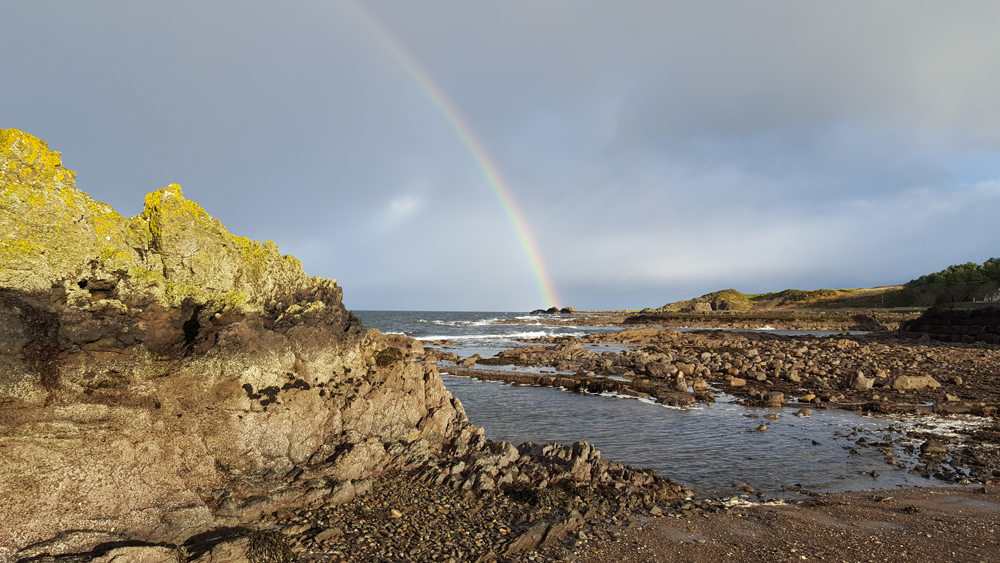
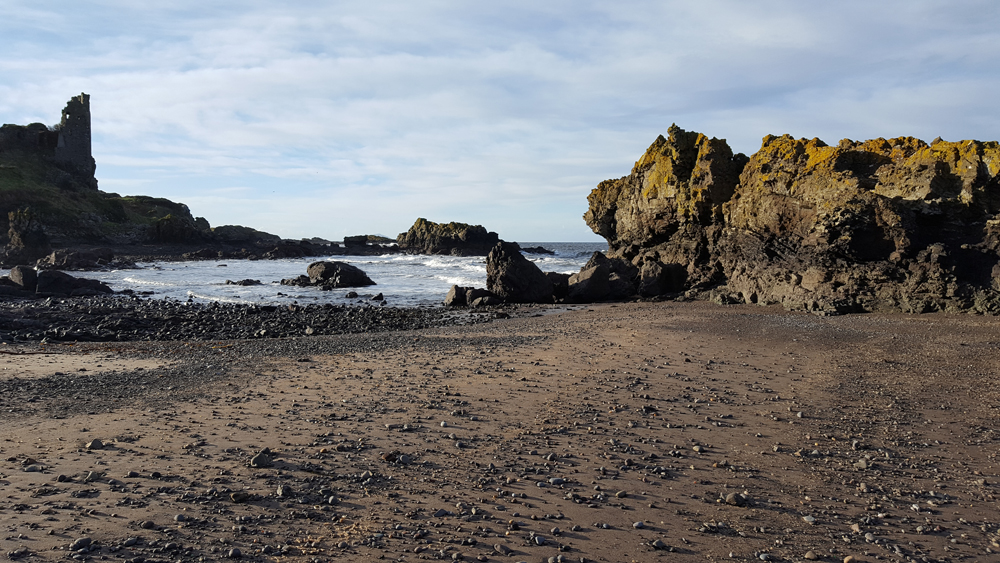
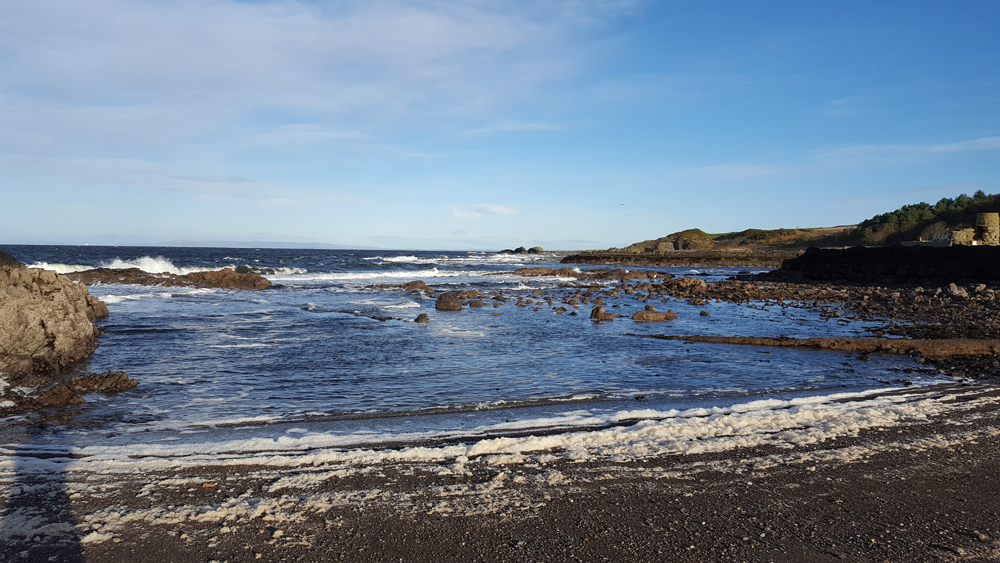
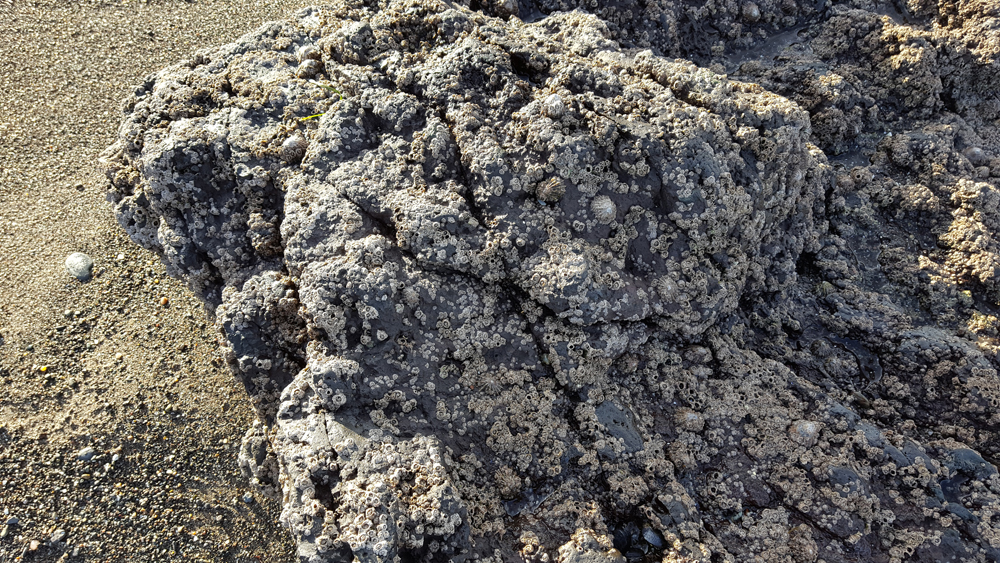
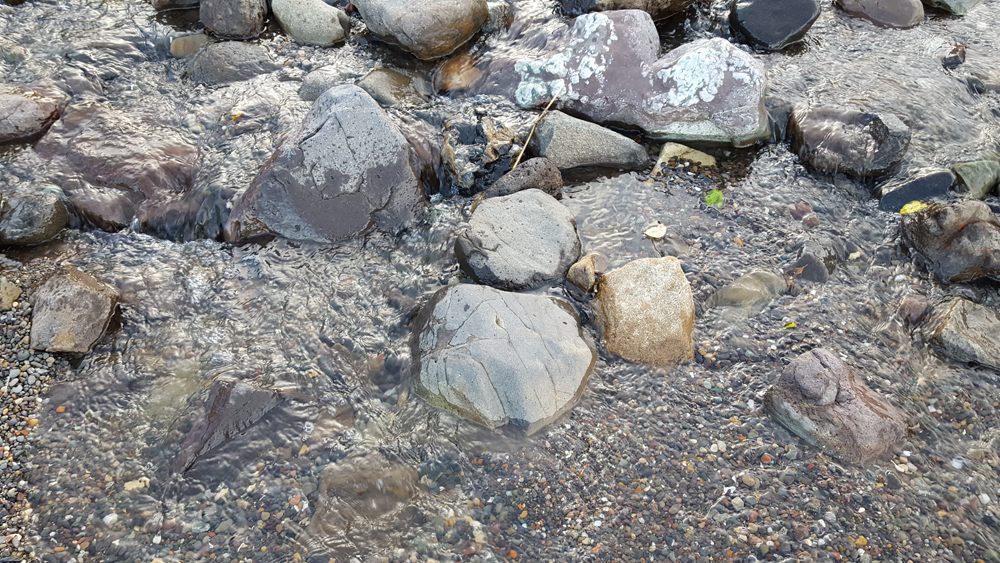

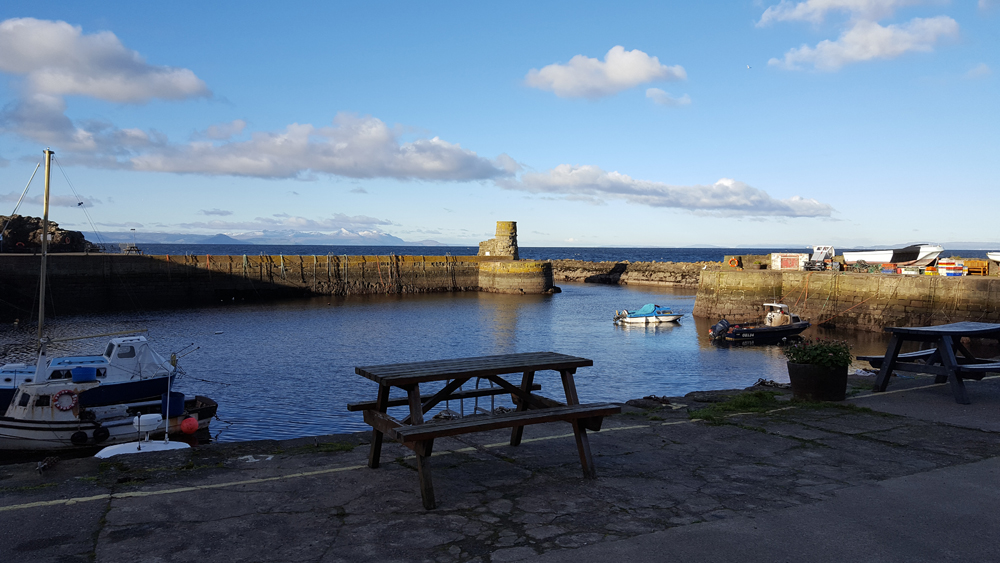






 Last Thursday my gentle, lovely mother-in-law, Joan Higgins passed away. She had been ill for a while so her death was not unexpected but it was sooner than we had hoped for. Knowing that it was going to happen has not made it any easier but it did give us the time to spend her last few days together as a family. And I could not be prouder of the way her grandchildren rallied together to support my father-in-law, my husband and his brothers.
Last Thursday my gentle, lovely mother-in-law, Joan Higgins passed away. She had been ill for a while so her death was not unexpected but it was sooner than we had hoped for. Knowing that it was going to happen has not made it any easier but it did give us the time to spend her last few days together as a family. And I could not be prouder of the way her grandchildren rallied together to support my father-in-law, my husband and his brothers. 

 It will come as no surprise when I say that 95%+ of the textiles I use in my work are created using breakdown printing. Sometimes I include dyed pieces, sometimes I add a layer of print using thermofax but breakdown is my love.
It will come as no surprise when I say that 95%+ of the textiles I use in my work are created using breakdown printing. Sometimes I include dyed pieces, sometimes I add a layer of print using thermofax but breakdown is my love.

